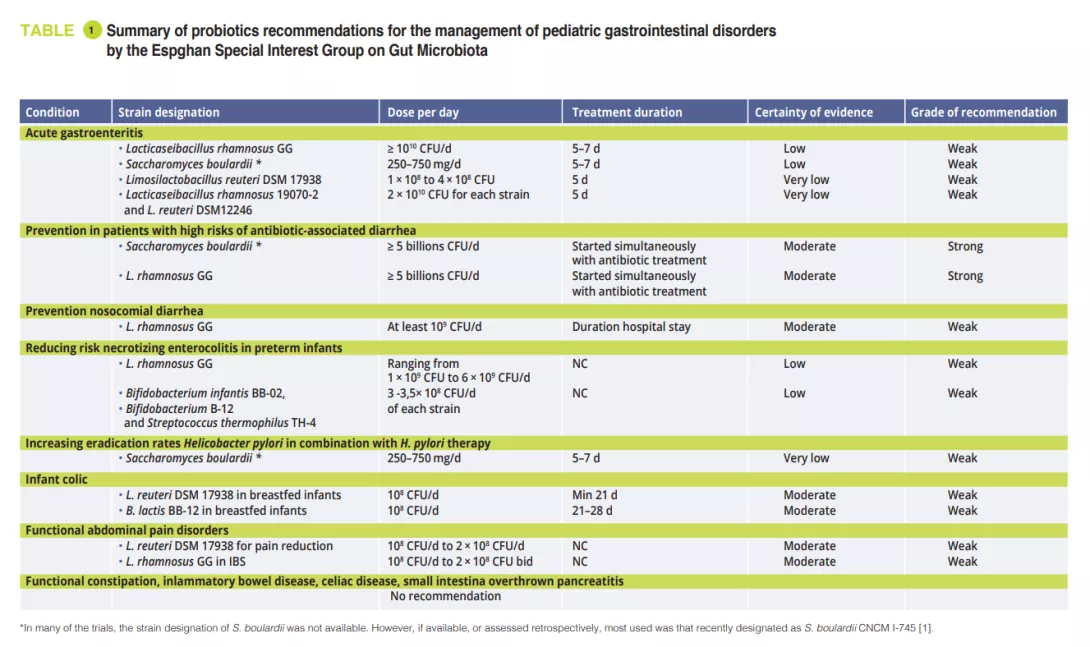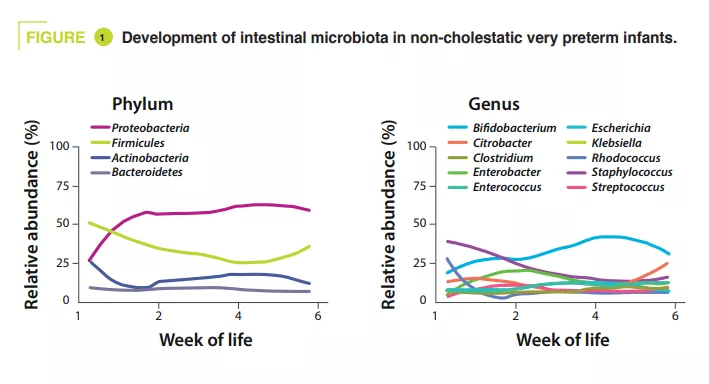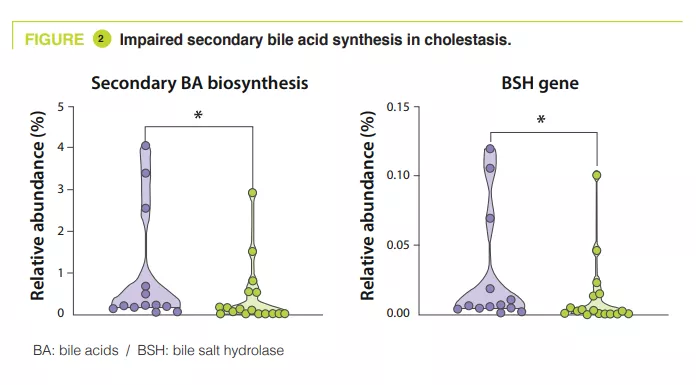Cervical cancer: the walls are closing in on Lactobacillus iners
Shi W, Zhu H, Yuan L, et al. Vaginal microbiota and HPV clearance: A longitudinal study. Front Oncol 2022; 12: 955150.
High-risk human papillomavirus (HRHPV) is the leading cause of cervical cancer. Sexual activity, smoking, and oral contraception are among the many factors that influence initial infection, the resolution or the onset of HR-HPV, and potential progression to cancer. In recent years, the vaginal microbiota has been added to this list. The value of this study is therefore clear, since it monitored the cervical microbiota of HR-HPV infected Chinese women presenting histologically confirmed, and mostly low-grade, cervical lesions. A 16S rRNA analysis of the microbiota of the 73 participants in the study (aged between 24 and 68 years) showed that HPV had disappeared in 45 of the women (61.6%) by the end of the twelve-month study period. The clearance or otherwise of the virus was not due to differences in the patients’ age, the stage of the disease, the HPV subtype, the type of vaginal bacterial community, or vaginal microbiota diversity. Instead, certain bacterial species seem to be involved: women depleted in enterococcus ASV_62 and enriched in Lactobacillus iners at baseline were less likely to have HPVHR clearance at month twelve. The only exception was 22 women who underwent surgical treatment (conization) for highgrade lesions, perhaps because the immediate impact of lesion resection on HPV clearance masked the impact of the flora. A possible link between L. iners and HR-HPV had previously been reported by a meta-analysis suggesting a two- or even three-fold higher risk of persistent HR-HPV when the vaginal microbiota is dominated by L. iners. This bacterium appears to be both flexible and adaptable, dominating the vaginal microbiota of certain women during menstruation or episodes of bacterial vaginosis. On the other hand, a vaginal microbiota dominated by L. iners (CST III) is frequently reported as one of the most common types of vaginal bacterial community among Asian child-bearing age women. Therefore, it is not yet clear from the current literature whether this particular strain of Lactobacillus should be considered beneficial, pathogenic, or both. Further work is also needed to clarify the mechanisms by which L. iners promotes persistent HPV infection or lesion progression, especially since the current study involved a small number of patients.



























